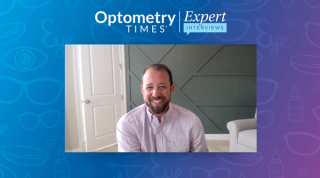
Myopia
Latest News

Latest Videos

Podcasts
CME Content
More News
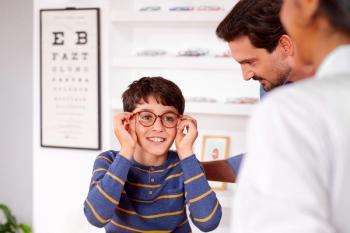
Much like the rest of the world, the prevalence of myopia in children in the UK is only growing, having more than doubled in the past 50 years.


A total of 293 optometrists, practice owners, and managers were involved in the survey.

Understanding the scale and scope, by the numbers.
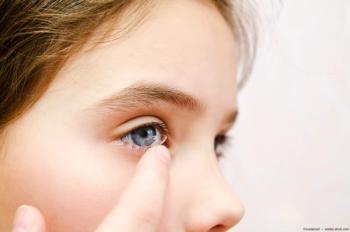
The Japan’s Ministry of Health, Labor, and Welfare approved the lens for manufacturing and sale in the country.
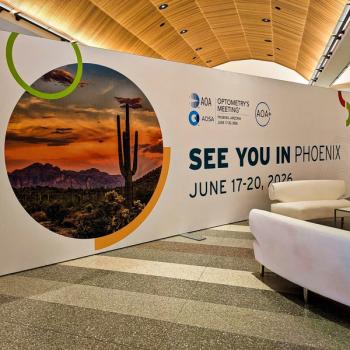
Optometry's Meeting hosted an array of eye care professionals in Minneapolis, Minnesota, from June 25 to 28, 2025.

The DOT lens has now been launched across Asia-Pacific, Europe, and North America, with an estimated 500,000 fitted with DOT lenses in 2025 alone.
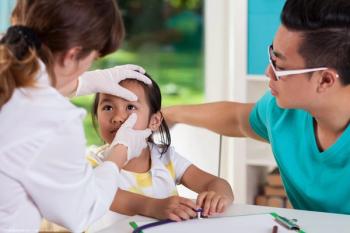

One in 3 children worldwide has myopia, and the prevalence is rising so steadily that if it continues as predicted, there will be more than 740 million pediatric cases by 2050.
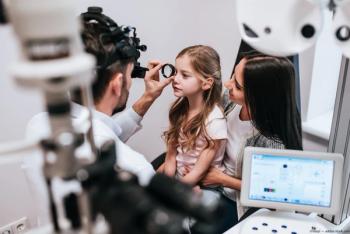
Specialty care is always needed in any field, and myopia control is no exception.

Diagnostic tools, therapeutic innovations such as anti-vascular endothelial growth factor (VEGF) therapies, and supportive technologies to manage vision loss form the myopic macular degeneration market.

Santen introduces low-dose atropine in Germany, marking a significant advancement in myopia management for children amid a global epidemic.
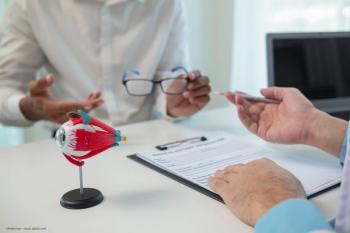
New research reveals collagen mimetic peptides may effectively restore ocular tissue stiffness, offering hope for myopia and other eye diseases.

A recent study reveals that ADHD in schoolchildren correlates with lower myopia prevalence and shorter eye length, suggesting intriguing links between vision and attention disorders.

The primary study outcomes were the cumulative incidence rate of myopia, with myopia defined as an SER −0.50 diopter (D) or less and the percentage of participants who had a fast myopic shift that was defined as a spherical equivalent myopic shift of 0.50 D or greater over the course of 1 year.

A study reveals that secondhand smoke significantly increases the risk of myopia in Chinese children, highlighting the need for smoke-free environments.
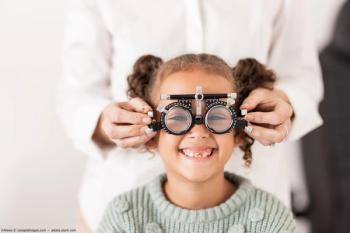
The expansion includes community health centers in the greater Boston area and Rhode Island.

The 0.1 mg/mL atropine eye drop for pediatric myopia is licensed from Sydnexis, Inc.

An official approval by the FDA in the United States can boost adoption rate of atropine and antimyopia glasses, which will change the landscape of myopia management.
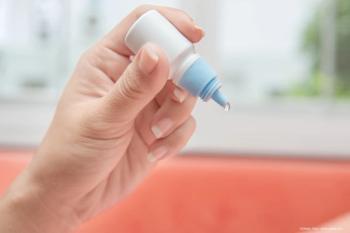
IVMED-85 is a preservative-free, nonatropine daily drop that slows myopia progression by strengthening scleral and corneal collagen crosslinks via LOX activation.
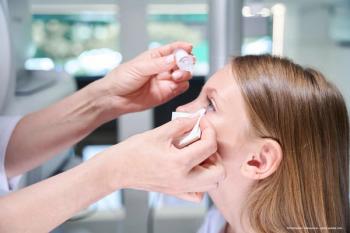
Increases in the doses of atropine were most common following the pandemic and especially among patients for whom therapy was initiated with the 0.01% dose.

New data from North American and Chinese clinical trials reinforce the safety, efficacy, and durability of DOT lenses in slowing pediatric myopia progression, without evidence of rebound.
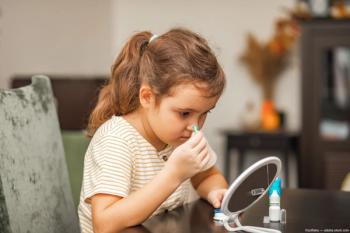
After treatment cessation, eye growth returned to age-expected levels and the accumulated myopia control treatment gains were retained over the following 12 months after treatment was ceased.
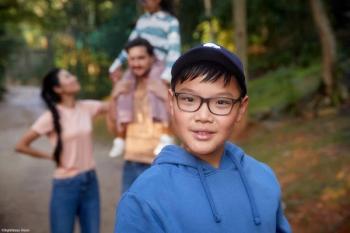
The CATHAY trial evaluated 186 myopic children, 6 to 13 years old at initiation, across 5 hospitals.
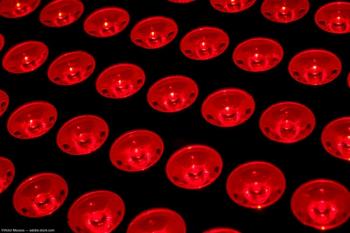
Researchers found that repeated therapy using low-level red light (RLRL) is a potential intervention to control myopia progression in children.







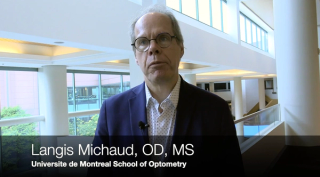

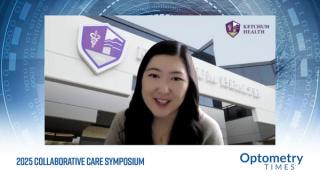

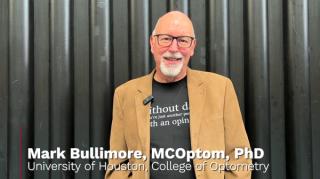
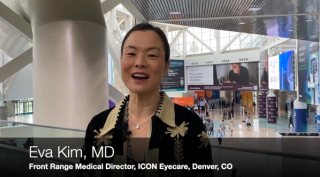
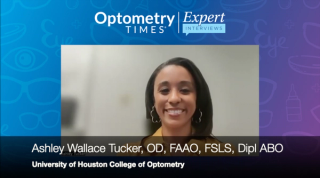

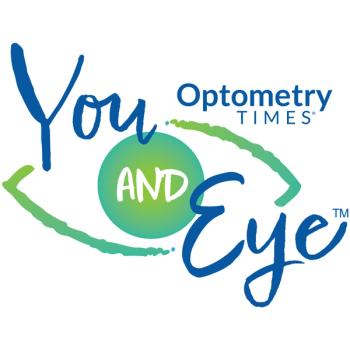
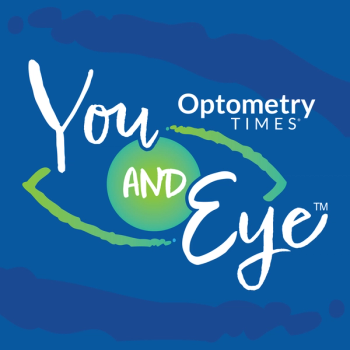
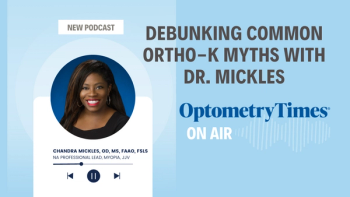

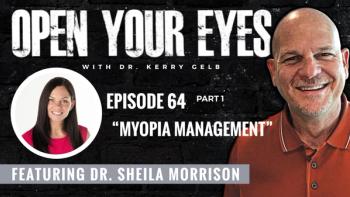












































.png)


